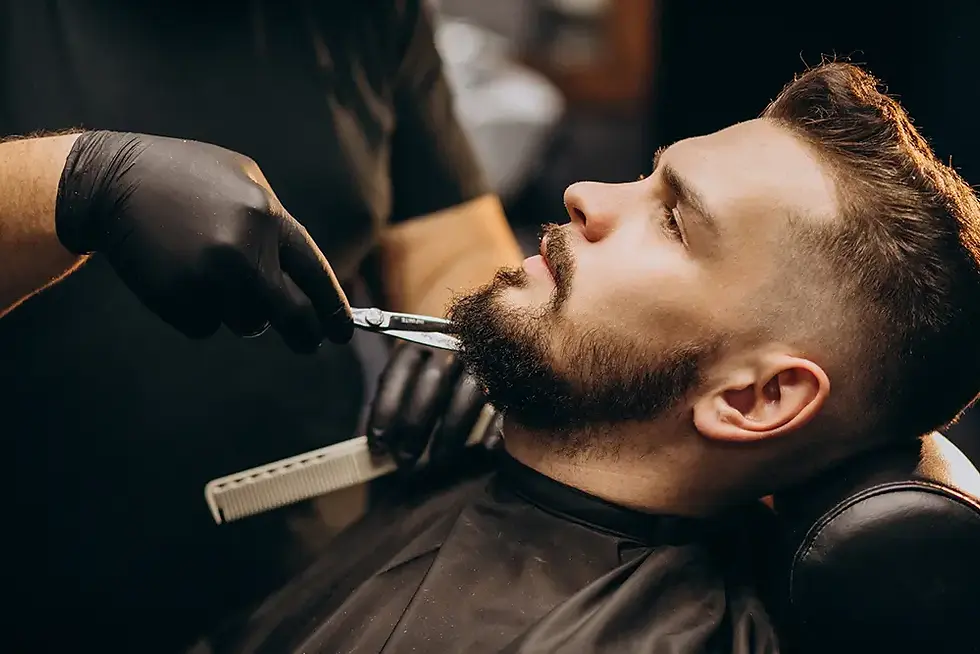Understanding Your Emotional Triggers for Better Bonds
Strengthen relationships by understanding your emotional triggers and responding with clarity. Build confidence, reduce conflict, and connect more genuinely
Understanding Women's Signals and What They Really Mean
Decode subtle cues and gain clarity on understanding women's signals with confidence. Build stronger connections by reading emotions, intentions, and boundaries
Understanding Modern Dating Dynamics for Men's Love Life
Navigate modern dating dynamics with insights designed for men. Gain clarity, confidence, and connection to build stronger, more meaningful relationships
Understanding Relationship Psychology for a Deeper Love Life
Understanding relationship psychology helps men build deeper connections and navigate love with clarity. Strengthen emotional bonds for a fulfilling love life
Understanding Relationship Cycles for Stronger Bonds
Understanding relationship cycles helps men build stronger bonds through clarity and emotional growth. Explore key patterns for long-term connection today
Understanding Emotional Unavailability and How to Avoid It
Understanding emotional unavailability helps men navigate relationships with clarity. Break emotional barriers and embrace stronger, more authentic connections
Understanding Relationship Power Dynamics for Stronger Bonds
Strengthen your bond by understanding relationship power dynamics for healthier, more respectful connections. Build balance, clarity, and trust together
Understanding Relationship Attachment Styles for Men
Understanding relationship attachment styles guides men toward stronger bonds. Gain insight into patterns that shape trust, intimacy, and communication
Trust and Loyalty in Relationships: Keys to Healthy Bonds
Trust and loyalty in relationships strengthen genuine connection & long-term stability. Build deeper bonds with clarity, respect, and emotional confidence daily
Understanding Digital Intimacy in the Age of Virtual Love
Explore how men build emotional connections as technology reshapes modern relationships. Understanding digital intimacy reveals new ways virtual love grows




Comments